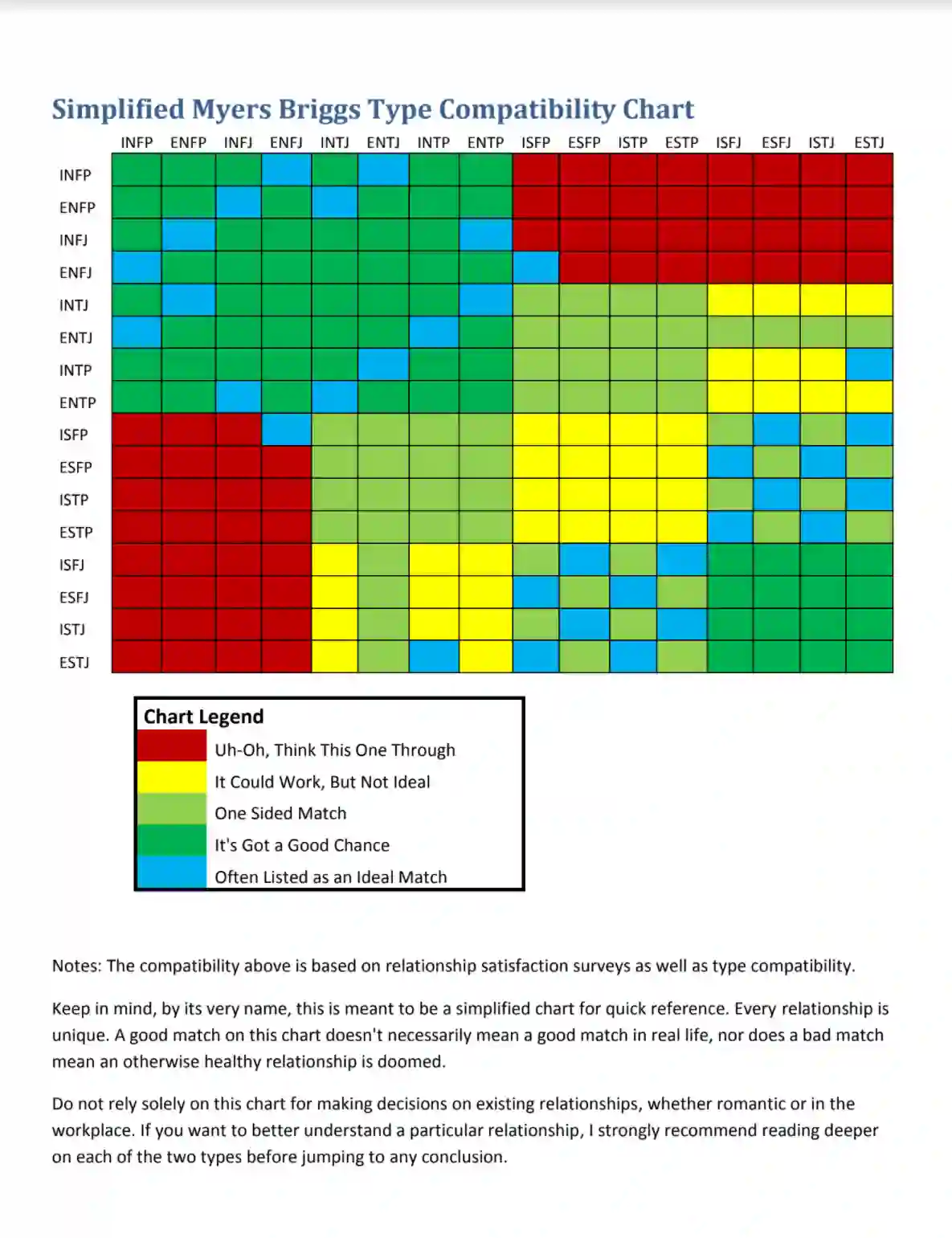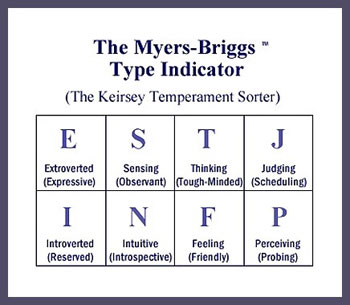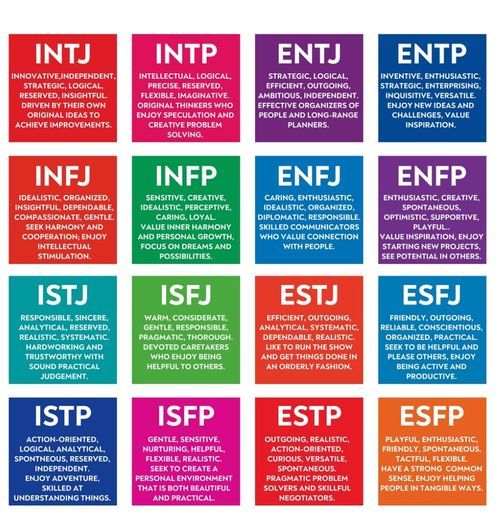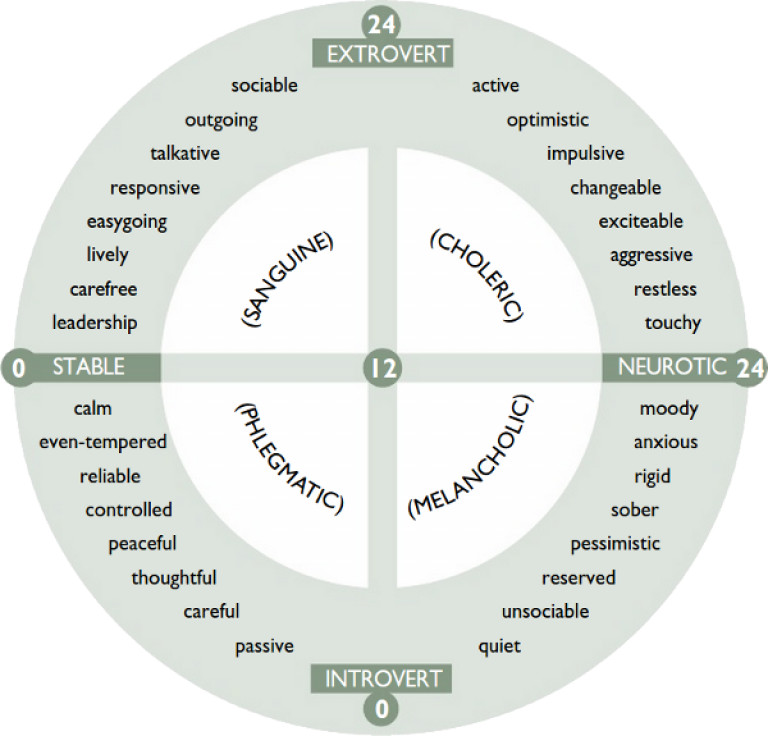The Myers-Briggs Type Indicator (MBTI) is a personality test that aims to classify individuals into one of 16 distinct personality types based on four dichotomies: extraversion versus introversion, sensing versus intuition, thinking versus feeling, and judging versus perceiving. These four dimensions are believed to represent different ways in which individuals process information and interact with the world around them.
Interpreting the results of the MBTI can be a helpful way to gain insight into one's own personality and understand how different personality traits may influence behavior and decision-making. It can also be useful for understanding the personalities of others and how they may differ from one's own.
One of the key features of the MBTI is that it categorizes individuals into one of 16 distinct personality types, each of which is characterized by a unique combination of the four dimensions mentioned above. For example, an individual who scores high in extraversion, sensing, thinking, and judging might be classified as an ESTJ (extroverted, sensing, thinking, judging), while someone who scores high in introversion, intuition, feeling, and perceiving might be classified as an INFP (introverted, intuition, feeling, perceiving).
Understanding the meaning of each of the four dimensions can be helpful in interpreting the results of the MBTI. Extraversion refers to an individual's preference for interacting with the outer world, while introversion refers to a preference for inner reflection and solitude. Sensing refers to an individual's preference for practical, concrete information, while intuition refers to a preference for abstract, theoretical concepts. Thinking refers to an individual's preference for logical, objective analysis, while feeling refers to a preference for subjective, emotional decision-making. Judging refers to an individual's preference for structured, organized approaches, while perceiving refers to a preference for flexibility and adaptability.
It's important to note that the MBTI is not a definitive measure of personality, and individual results should not be taken as definitive or absolute. The test is designed to provide a general sense of an individual's personality and can be a helpful tool for self-reflection and understanding, but it should not be used as the sole basis for making decisions or assumptions about someone's personality. Additionally, the MBTI should not be used to stereotype or pigeonhole individuals, as every person is unique and complex, and cannot be reduced to a single personality type.
In conclusion, the Myers-Briggs Type Indicator is a useful tool for gaining insight into one's own personality and understanding how different personality traits may influence behavior and decision-making. However, it's important to remember that the test is not a definitive measure of personality, and individual results should be interpreted with caution and used as a starting point for further self-exploration and understanding.





:max_bytes(150000):strip_icc()/GettyImages-179298031-bc3fbc29fecc4fe0af4bebc3f1f81e05.jpg)



